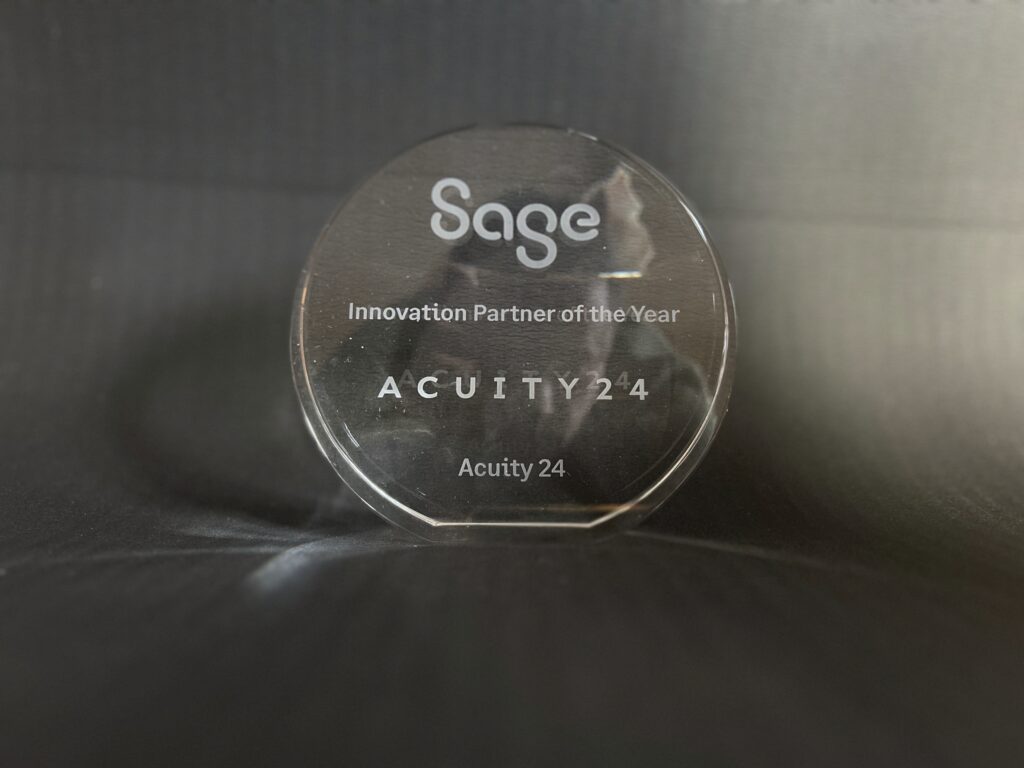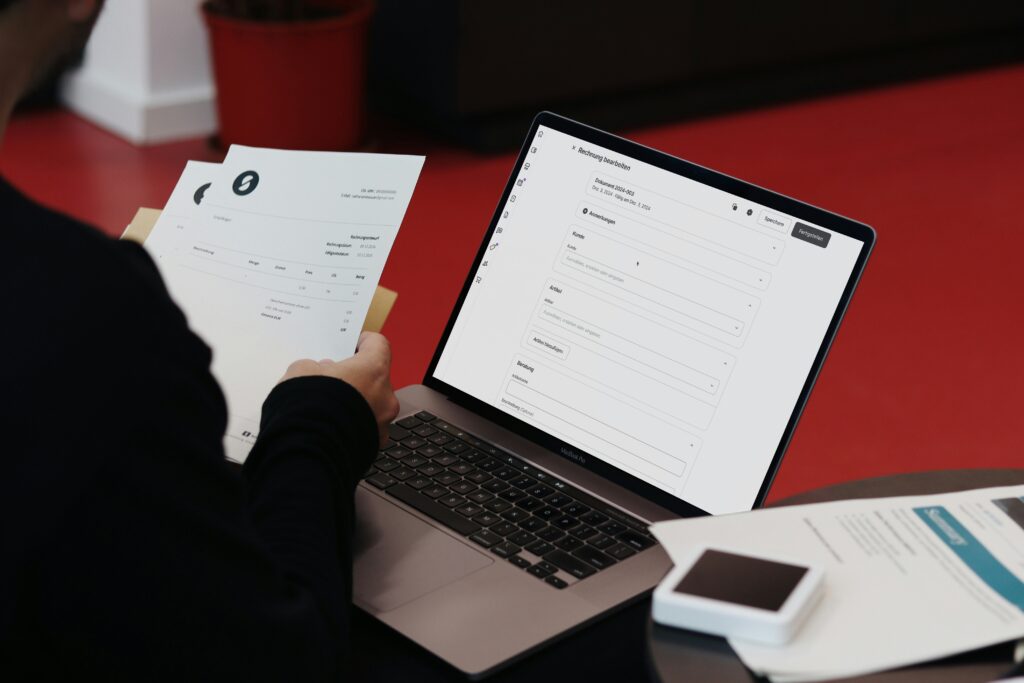Implementing an Enterprise Resource Planning (ERP) system is one of the most transformative steps a business can take. The right ERP connects finance, operations, supply chain, and customer management into a single, integrated platform — enabling data-driven decision-making and greater efficiency.
However, successful implementation requires careful planning, collaboration, and change management. Below are key strategies and best practices to ensure your ERP project delivers lasting value.
1. Define Goals and Success Metrics
Before selecting or configuring an ERP system, establish what success looks like. Common objectives include:
- Streamlining manual processes and eliminating data silos
- Improving real-time reporting and forecasting
- Enhancing collaboration across departments
- Supporting scalability for future growth
Translate these into measurable KPIs — such as reduced reporting time, improved data accuracy, or faster order fulfilment — to evaluate post-launch success.
Acuity24 specialise in implementation and support for leading ERP solution Sage X3 – read one of our customer stories below:
Sage X3 Customer Case Study
2. Engage Stakeholders Early
ERP projects impact nearly every department, so early buy-in is critical.
- Involve key users from finance, operations, HR, and IT during the planning phase.
- Gather input on pain points and desired outcomes.
- Communicate the vision clearly so employees understand why the change is happening.
Strong stakeholder engagement reduces resistance and ensures the system meets real operational needs.
3. Choose the Right ERP Partner
Selecting the right implementation partner can make or break the project. Look for:
- Proven expertise in your industry
- Experience with your chosen ERP software (e.g., Sage X3)
- A structured, transparent project methodology
- Strong post-implementation support
A trusted partner will guide configuration, data migration, and training — and help you avoid common pitfalls. Find out more about working with Acuity24 as your Sage Intacct or Sage X3 partner by clicking here.
4. Invest in Change Management and Training
ERP success depends as much on people as technology.
- Provide role-specific training so users feel confident navigating the new system.
- Offer ongoing support channels and clear documentation.
- Create change champions within each department to encourage adoption.
The smoother the user experience, the faster your business will see ROI.
5. Prioritise Data Quality and Migration
Poor data leads to poor outcomes. Before migrating, conduct a data audit to:
- Identify duplicates and inconsistencies
- Standardise formats and naming conventions
- Archive outdated or irrelevant records
Clean, accurate data ensures your ERP system operates efficiently and provides trustworthy insights.
6. Start with Core Modules and Scale
Rather than trying to roll out every module at once, many organisations succeed with a phased approach:
- Begin with essential financial or operational functions
- Test, refine, and gather user feedback
- Expand gradually to additional areas like HR, inventory, or CRM
This approach minimises disruption, manages risk, and allows for smoother integration across the business.
7. Leverage Analytics and Continuous Improvement
Once live, your ERP should evolve with your business.
- Use built-in analytics and dashboards to monitor performance
- Identify process bottlenecks and opportunities for automation
- Schedule regular reviews with your ERP partner to optimise system configuration
ERP implementation isn’t a one-time project — it’s a journey of continuous improvement.
Find out more about Sage X3 and Sage Intacct
Sage X3 is a powerful ERP solution designed for organisations demanding tighter control, greater flexibility and more depth across finance, supply chain, manufacturing and operations.
Sage Intacct – although not a full ERP system – is a best-in-class financial management solution that integrates with other systems to provide ERP-like functionality. It focuses primarily on core accounting and automating financial processes while its’ modular design enables customisation for more complex needs e.g. projects, multi entity and multi currency management.


